Helical wound springs, also commonly referred to as helical springs, are essential components in various industries, especially in sealing technologies like spring-energized seals. Unlike general coil springs, which may refer to a wide range of spring shapes and uses, helical wound springs are known for their specific helical (spiral) structure that provides constant force and load distribution. Their unique design and versatility allow them to maintain a firm seal in static and low-dynamic applications, making them indispensable in environments where tight, reliable seals are required.
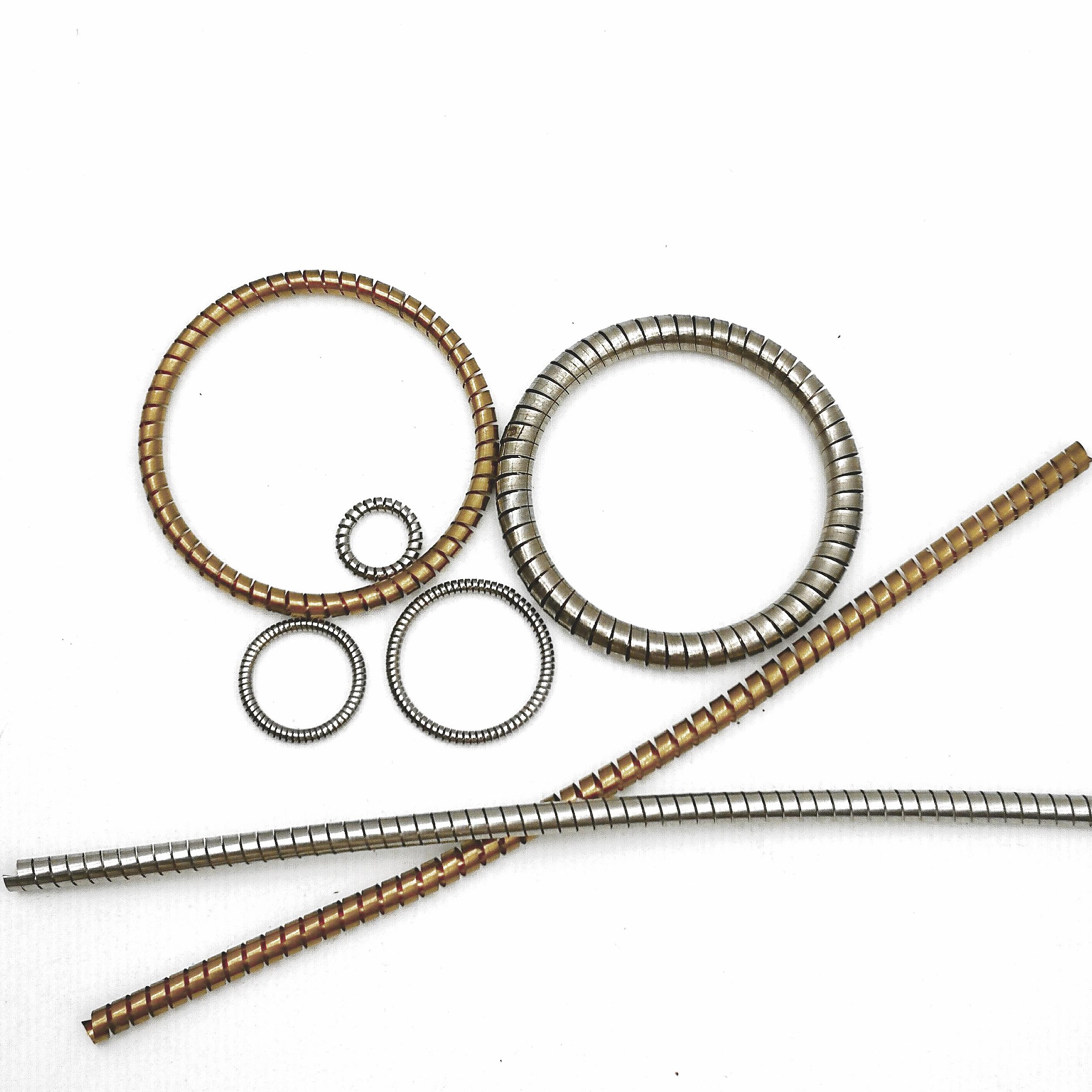
Helical Wound Springs for
Spring-Energized Seals
Helical wound springs are mechanical devices that consist of a wire coiled into a helix. This design allows the spring to store and release mechanical energy when compressed or stretched. In the context of spring-energized seals, these springs are used to maintain a tight seal by applying a consistent load on the sealing lip or surface. The spring pressure ensures that the seal remains in contact with the mating surface even in challenging environments, such as high or low temperatures, vacuum conditions, or slow-moving systems.
Helical wound springs are designed with a focus on ensuring minimal deflection while providing a high unit load. This is essential to maintain the seal’s integrity over time. These springs help seals handle varying conditions, including temperature shifts, pressure fluctuations, and movement, without sacrificing sealing effectiveness.
Key Characteristics:
The design of these springs is particularly beneficial in static seals and slow-dynamic systems, where precise control of force and sealing pressure is essential. This makes them ideal for applications such as aerospace components, medical equipment, and vacuum seals in semiconductor manufacturing.
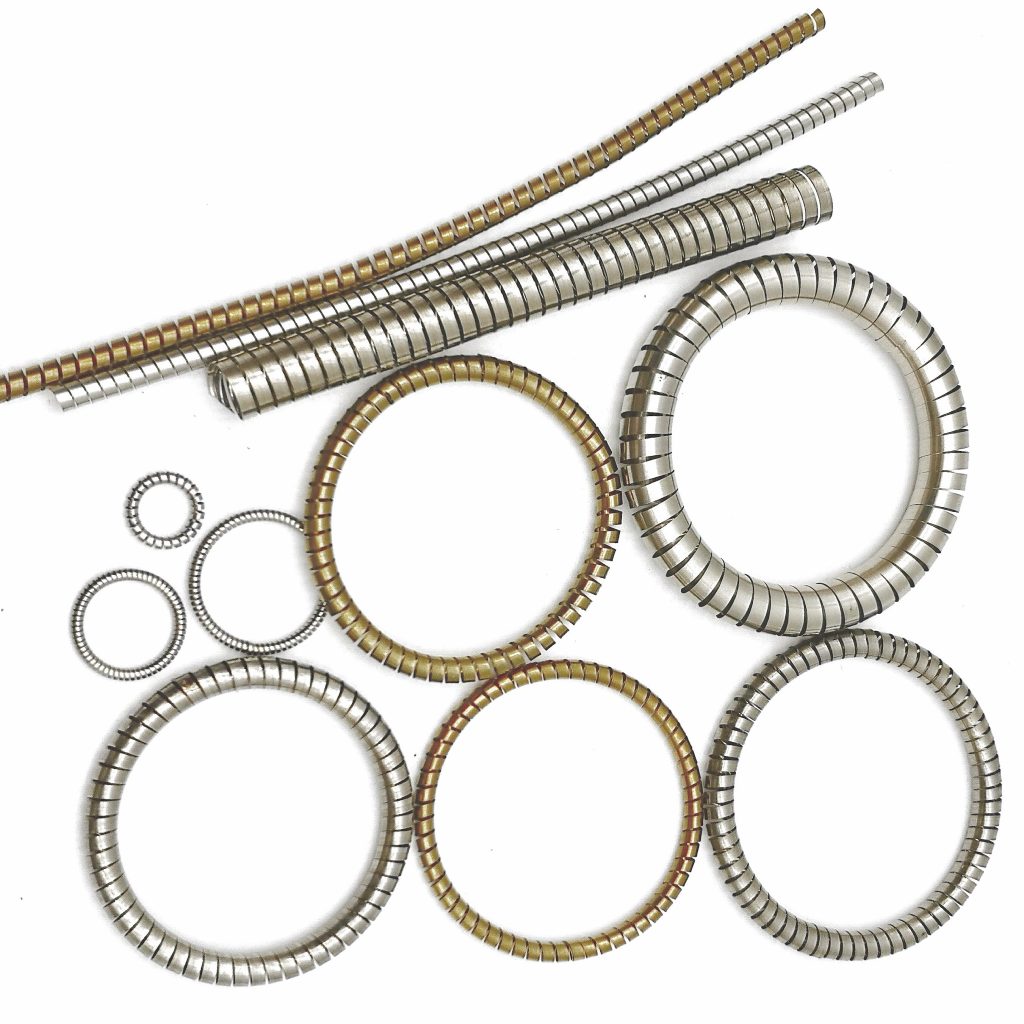
Helical wound springs offer unique performance advantages, particularly in static and low-dynamic applications. They are recognized for their:
These characteristics make helical wound springs highly effective in industries where consistent sealing force is required across varying environmental conditions.
Selecting the right material is crucial for ensuring the longevity and performance of helical wound springs, especially in demanding environments. Materials are chosen based on their ability to withstand the mechanical stresses placed on the spring, as well as their resistance to corrosion, wear, and fatigue.
Common Materials:
The choice of material depends on the specific application and environmental conditions the spring will encounter.
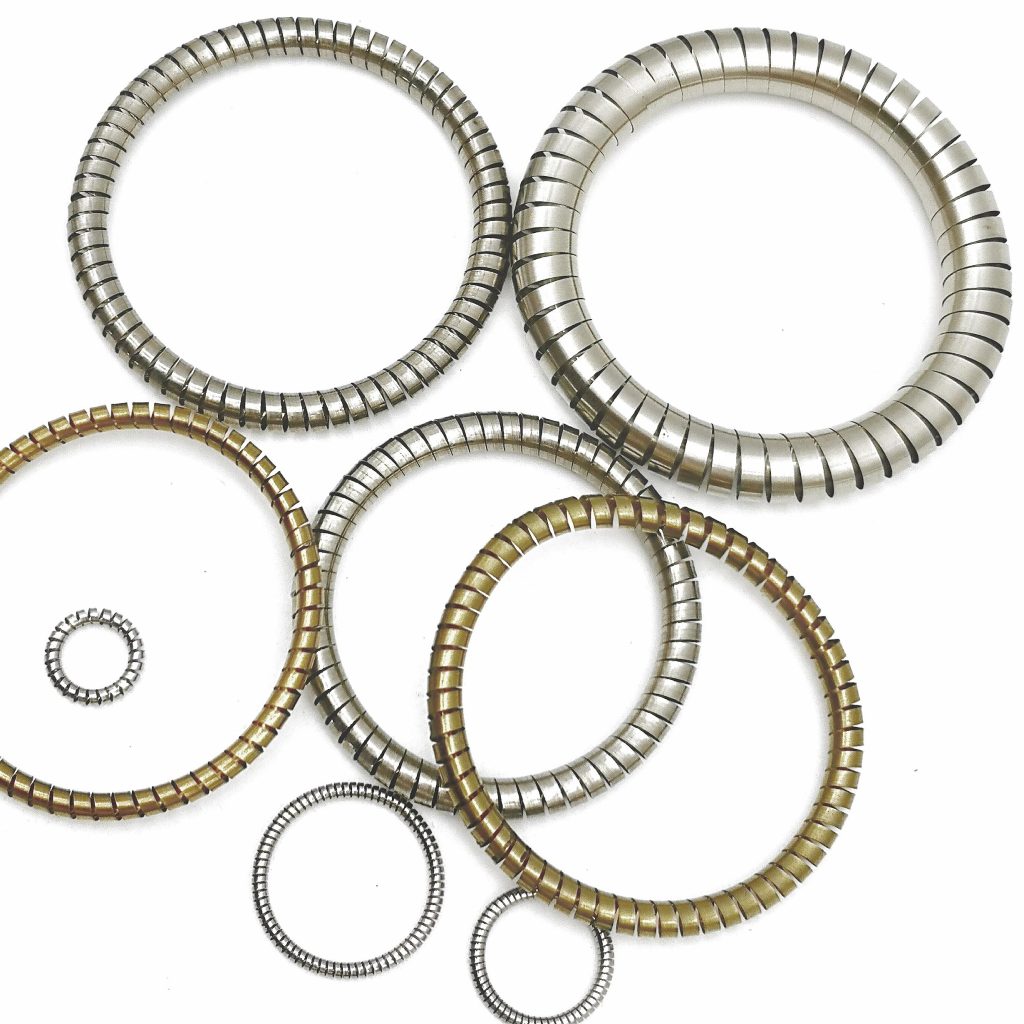
Helical wound springs are used across numerous industries, thanks to their versatility and performance characteristics. Below are some key application areas:
Helical wound springs are critical in the aerospace industry, where components are subjected to extreme conditions. These springs are used in seals for landing gear, fuel systems, and engine components. Their ability to maintain integrity under wide temperature ranges and high-pressure environments ensures that aerospace systems remain operational and leak-free.
The harsh and often corrosive environments encountered in oil and gas extraction require robust sealing solutions. Helical wound springs in spring-energized seals are used in pipelines, drilling equipment, and valves to prevent fluid leaks and maintain system integrity under high pressure and extreme temperatures.
Medical devices, such as diagnostic equipment, surgical tools, and pharmaceutical manufacturing systems, rely on precision sealing to ensure sterility and prevent contamination. Helical wound springs ensure that seals remain intact, even under repeated use or during sterilization processes.
Helical wound springs are essential in semiconductor manufacturing, where precision and contamination control are critical. These springs help maintain tight vacuum seals in environments that are sensitive to particle contamination, ensuring the reliability of manufacturing equipment.
In the automotive industry, these springs are used in engines, transmissions, and other critical systems where fluid leaks must be prevented. Their ability to endure constant vibration, pressure, and temperature changes makes them ideal for automotive sealing applications.
In applications where systems are exposed to cryogenic temperatures, such as in scientific research or space exploration, helical wound springs maintain their mechanical properties and sealing effectiveness, ensuring reliable performance in ultra-cold conditions.
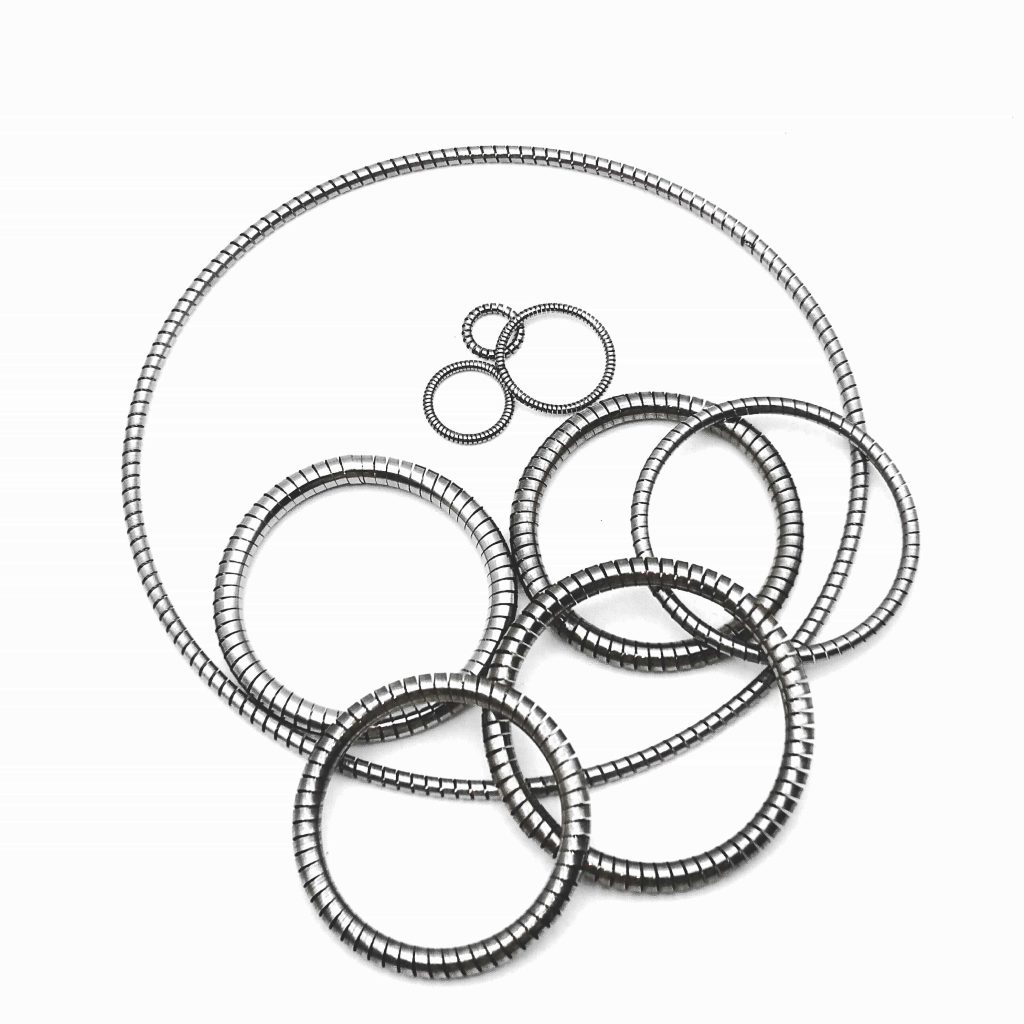
Compared to other spring designs, such as wave springs or cantilever springs, helical wound springs offer several distinct advantages:
These advantages make helical wound springs a popular choice for applications where reliability, precision, and durability are essential.
The manufacturing process for helical wound springs requires precision and attention to detail. In industries like aerospace and semiconductor manufacturing, even slight deviations in spring dimensions can lead to performance issues or system failure.
Key aspects of precision manufacturing include:
Manufacturers use advanced techniques to create springs with uniform dimensions, ensuring that they meet the exacting standards required by industries such as aerospace and medical devices.
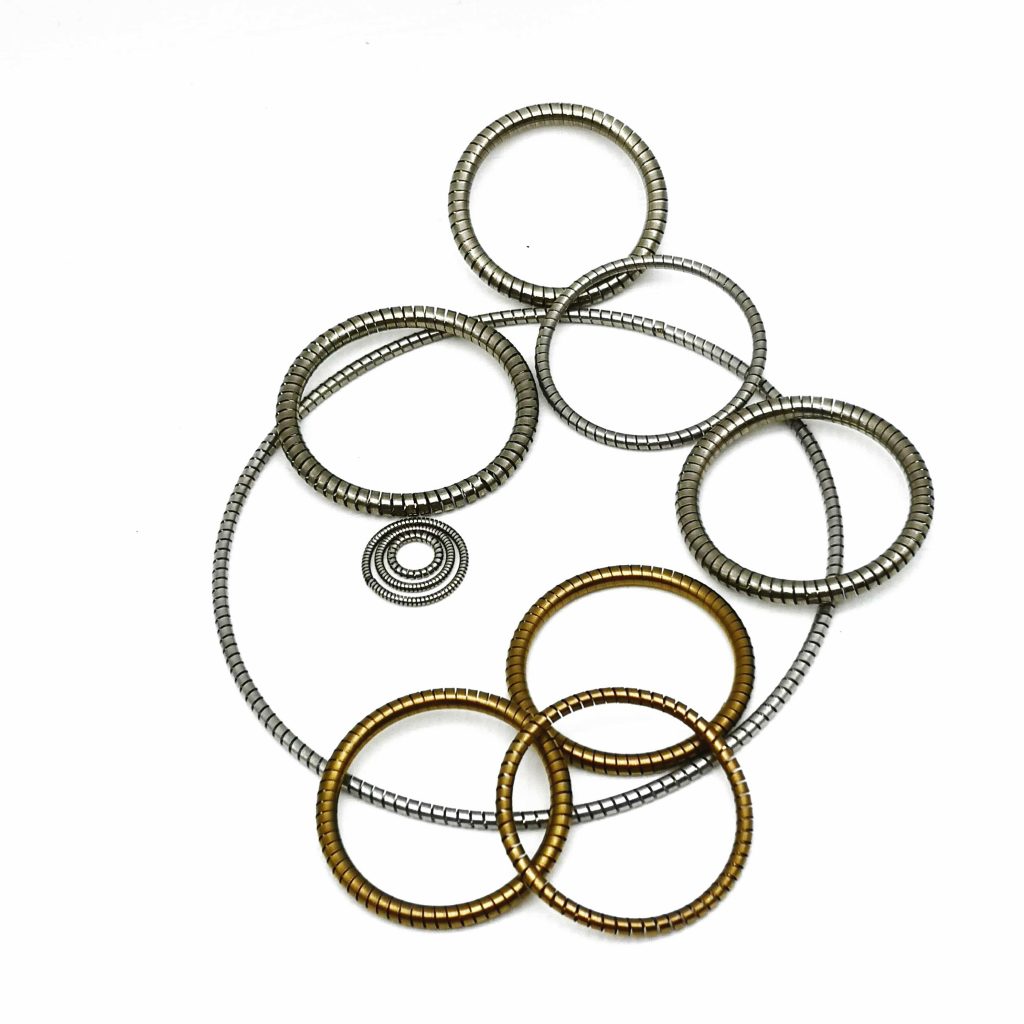
Helical wound springs play an essential role in spring-energized seals, providing the necessary force to maintain reliable seals in a wide range of demanding environments. Their versatility, durability, and resistance to fatigue make them indispensable in industries where precision and reliability are crucial, such as aerospace, oil and gas, medical devices, and semiconductor manufacturing.
The helical wound spring’s ability to provide consistent load application, even in extreme conditions, ensures that seals remain effective over time, reducing the risk of leaks or failures. Whether operating in cryogenic temperatures, high-pressure oil fields, or the controlled environments of semiconductor manufacturing, these springs continue to prove their value as a reliable and effective solution for maintaining seal integrity.